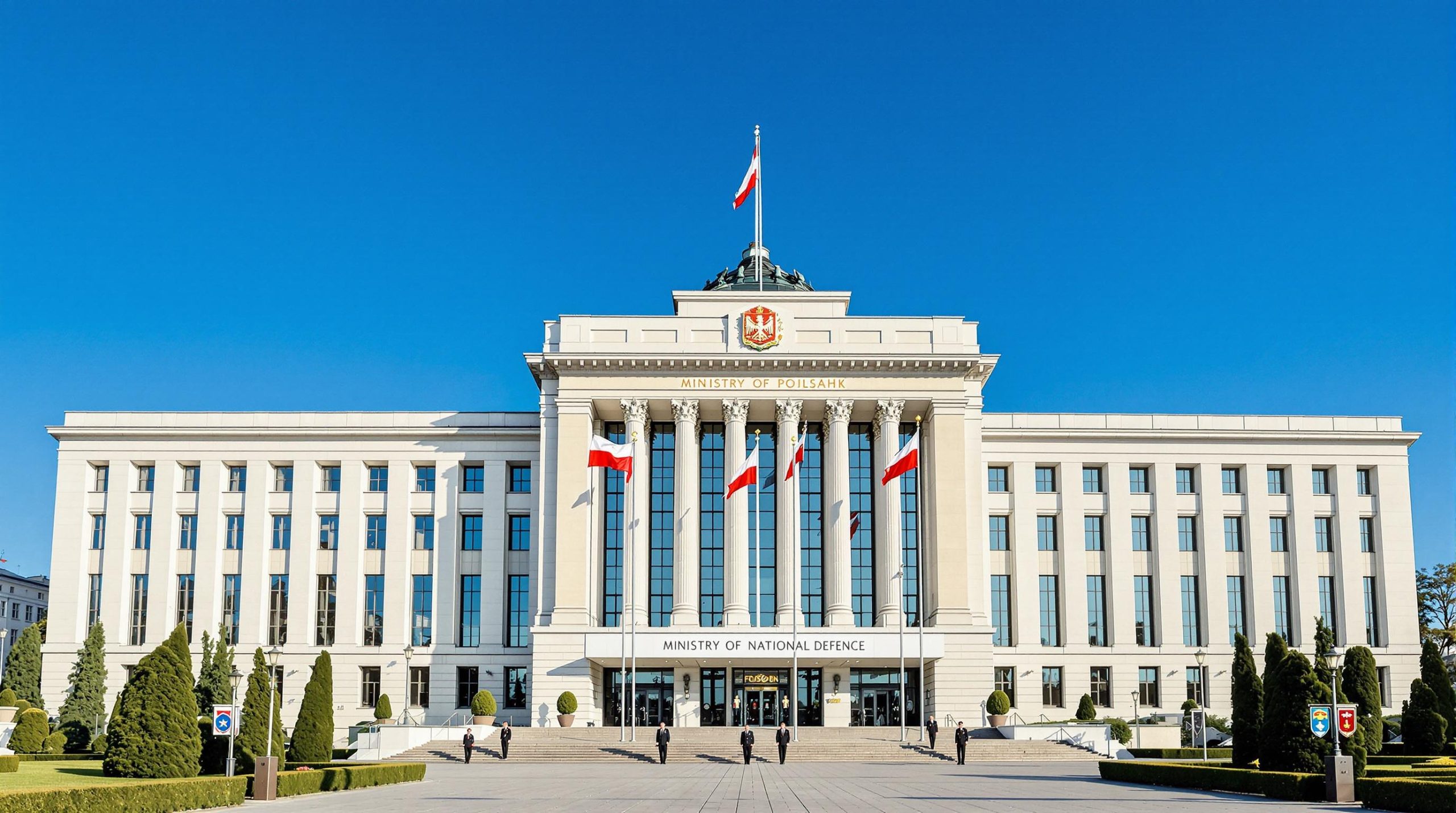In 2024, the cryptocurrency landscape is evolving rapidly, with the increased potential for fraud posing a significant challenge. The integration of post-quantum cryptography, artificial intelligence (AI), machine learning (ML), and blockchain technologies is emerging as a comprehensive solution to enhance the security and integrity of cryptocurrency transactions. This article explores how the convergence of these technologies is playing a crucial role in preventing fraud in the cryptocurrency sector.
The Intersection of Advanced Technologies in Cryptocurrency Security
Cryptocurrencies, by their digital nature, are susceptible to various types of fraud, including hacking, phishing, and unauthorized transactions. The advancement of quantum computing poses an additional threat, capable of breaking traditional cryptographic methods. In response, the integration of post-quantum cryptography, AI, ML, and blockchain provides a multi-layered defense mechanism.
Post-Quantum Cryptography in Cryptocurrencies
Enhanced Encryption Standards: Post-quantum cryptography introduces complex algorithms that are resistant to quantum computing attacks, thereby securing cryptocurrency wallets and transactions against future threats.
Secure Key Management: Implementing post-quantum cryptographic methods in key management enhances the security of digital keys, a critical aspect of cryptocurrency transactions.
AI and ML in Detecting and Preventing Fraud
Pattern Recognition and Anomaly Detection: AI and ML algorithms can analyze transaction patterns to identify and flag unusual activities indicative of fraud.
Adaptive Security Measures: These technologies enable the development of adaptive security systems that can learn from ongoing transactions and continuously improve fraud detection capabilities.
Blockchain’s Role in Enhancing Transparency and Traceability
Immutable Transaction Records: Blockchain technology ensures that every transaction is recorded permanently, making it nearly impossible to alter transaction histories fraudulently.
Decentralized Verification: The decentralized nature of blockchain technology distributes the verification process across multiple nodes, reducing the risk of centralized fraud.
Challenges and Considerations
Technological Integration: Combining post-quantum cryptography, AI, ML, and blockchain into a cohesive system presents significant technical challenges.
Balancing Security and Usability: Enhancing security measures should not compromise the ease of use and accessibility of cryptocurrency platforms.
Regulatory Compliance: Ensuring that these advanced security measures comply with evolving global regulatory frameworks is essential for widespread adoption.
Conclusion
In 2024, the use of post-quantum cryptography, AI, ML, and blockchain technologies is critical in preventing fraud in the cryptocurrency sector. This multi-faceted approach not only enhances the security of digital transactions but also fosters trust and reliability in cryptocurrency platforms. While challenges in integration and regulatory compliance exist, the synergy of these technologies represents a significant step forward in securing the cryptocurrency landscape against evolving threats. As the sector continues to grow, the adoption of these advanced security measures is essential for the sustainable and secure development of cryptocurrencies.







